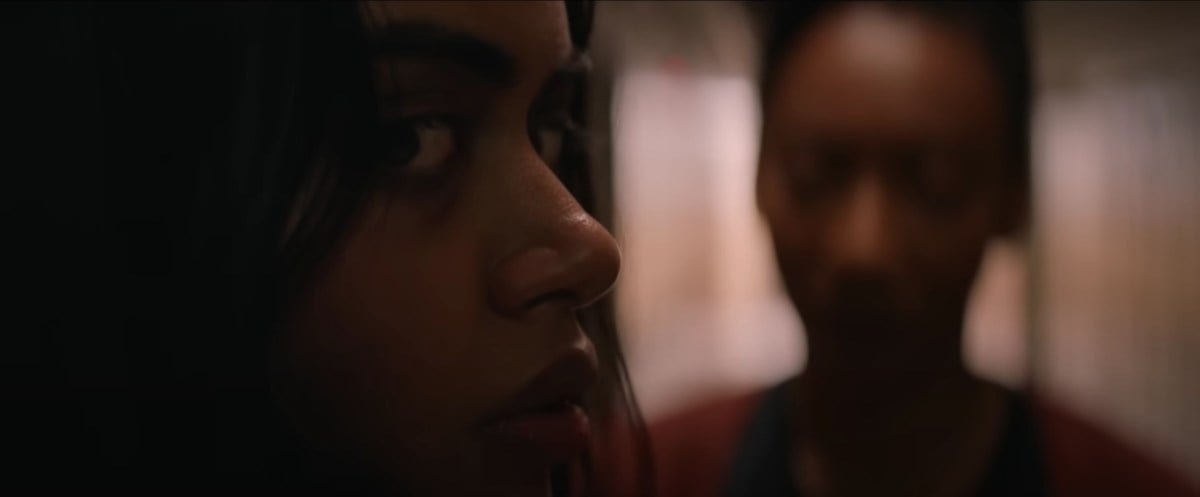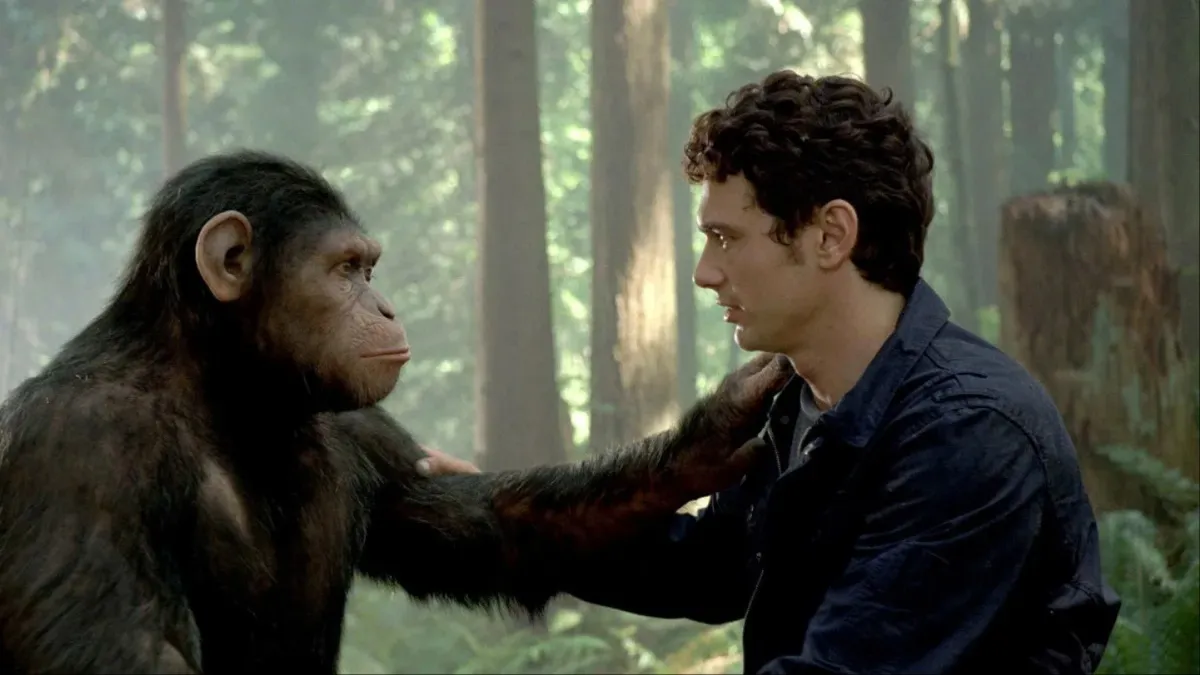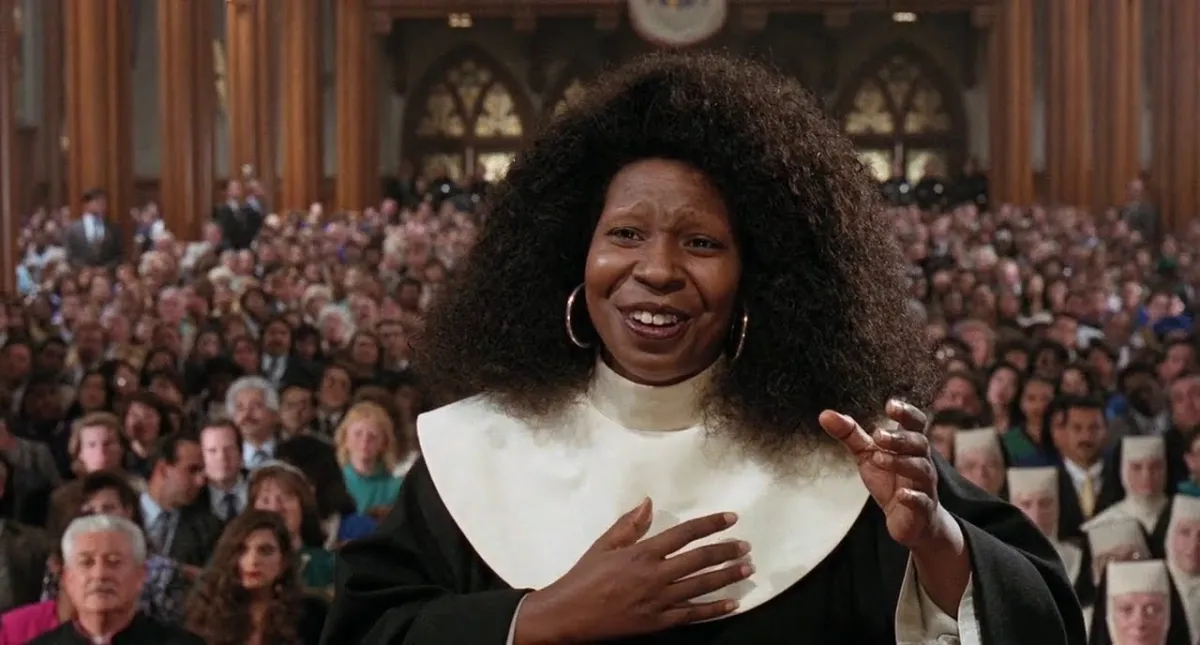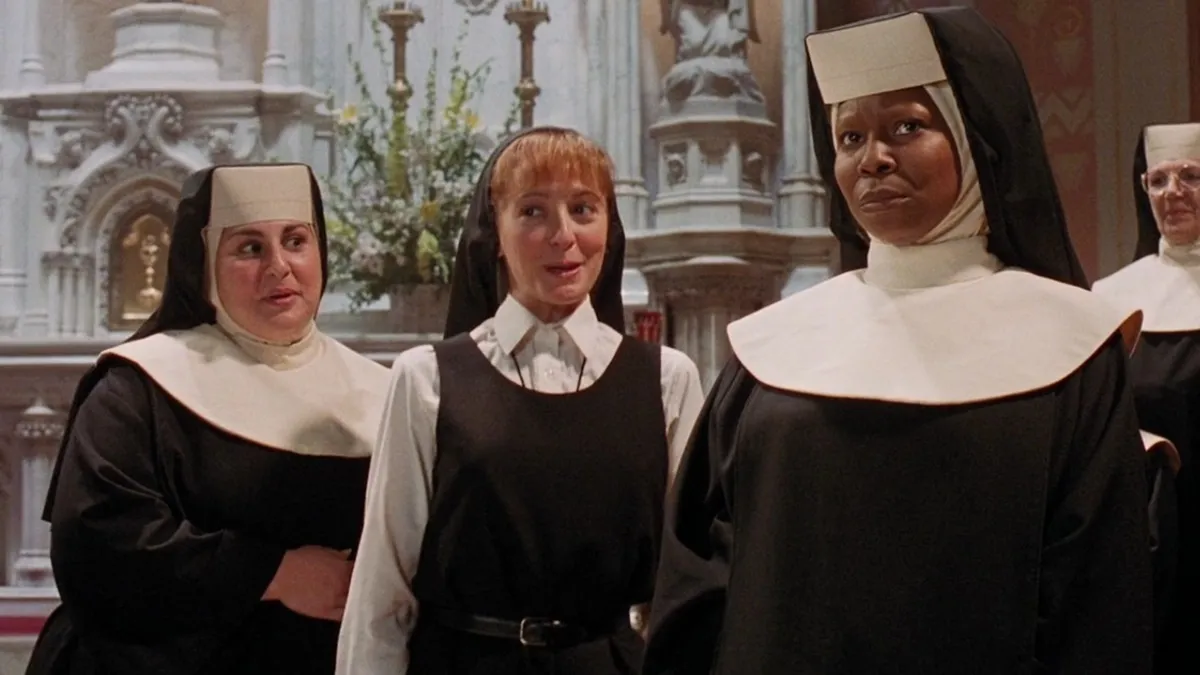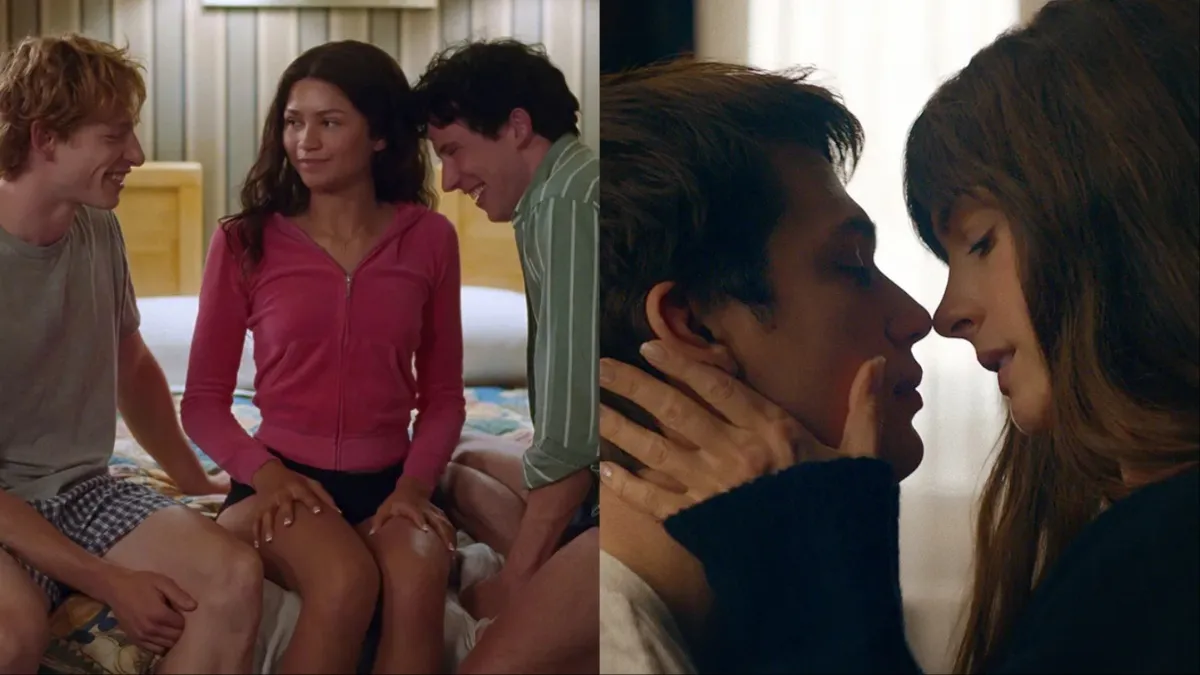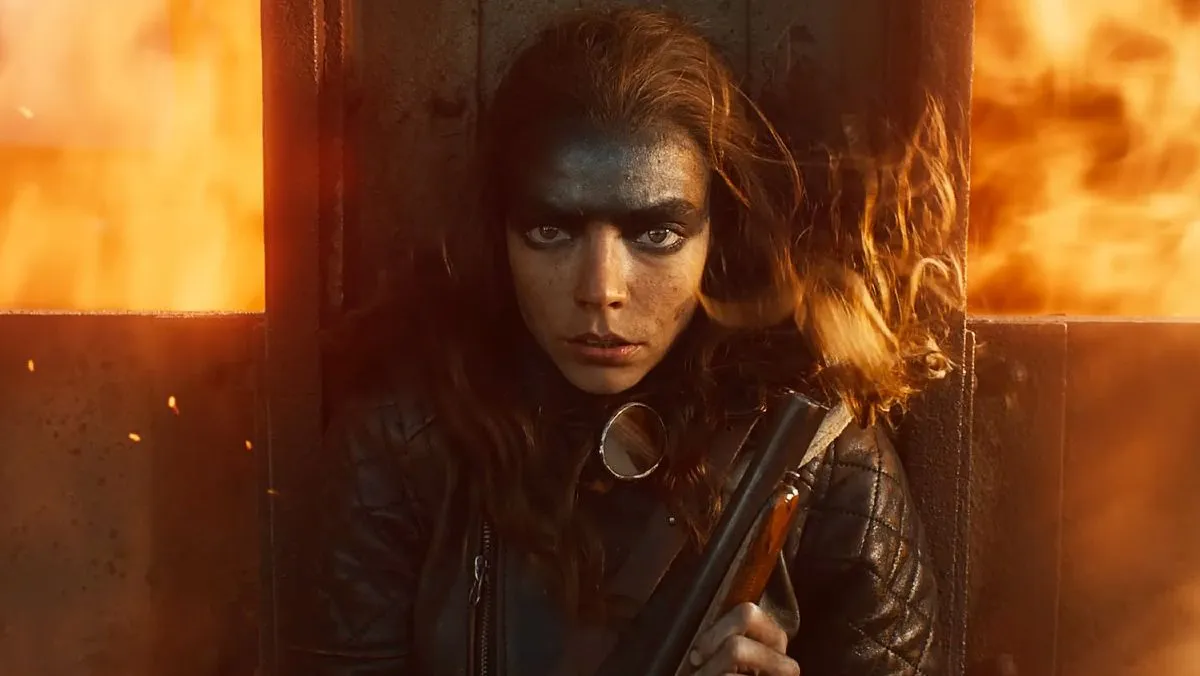Despite being a big baby about horror movies most of the time, I appreciate the universality of the genre. Everyone is scared of something. The only difference is in the details, and its those details that can elevate a horror film and make it meaningful. It Lives Inside, director Bishal Dutta’s feature debut, makes this universal genre specific by exploring an Indian-American teenager’s strained relationship with her culture.
It Lives Inside tells the story of Samidha (Never Have I Ever’s Megan Suri), who prefers to go by “Sam,” and struggles with her relationship to her cultural identity. This strains her relationship with her childhood best friend, Tamira (Mohana Krishnan), who begins exhibiting strange behavior, including walking around tapping on a jar.
The girls have a falling out. In the process, Samidha unwittingly releases a demonic entity that grows stronger by feeding on people’s loneliness. Samidha must face down the cultural heritage that once felt like a burden to defeat a monster.
I got to chat with Dutta during SDCC this year, and I was honored to be his first interview at his first Comic-Con as he did press for his first feature.
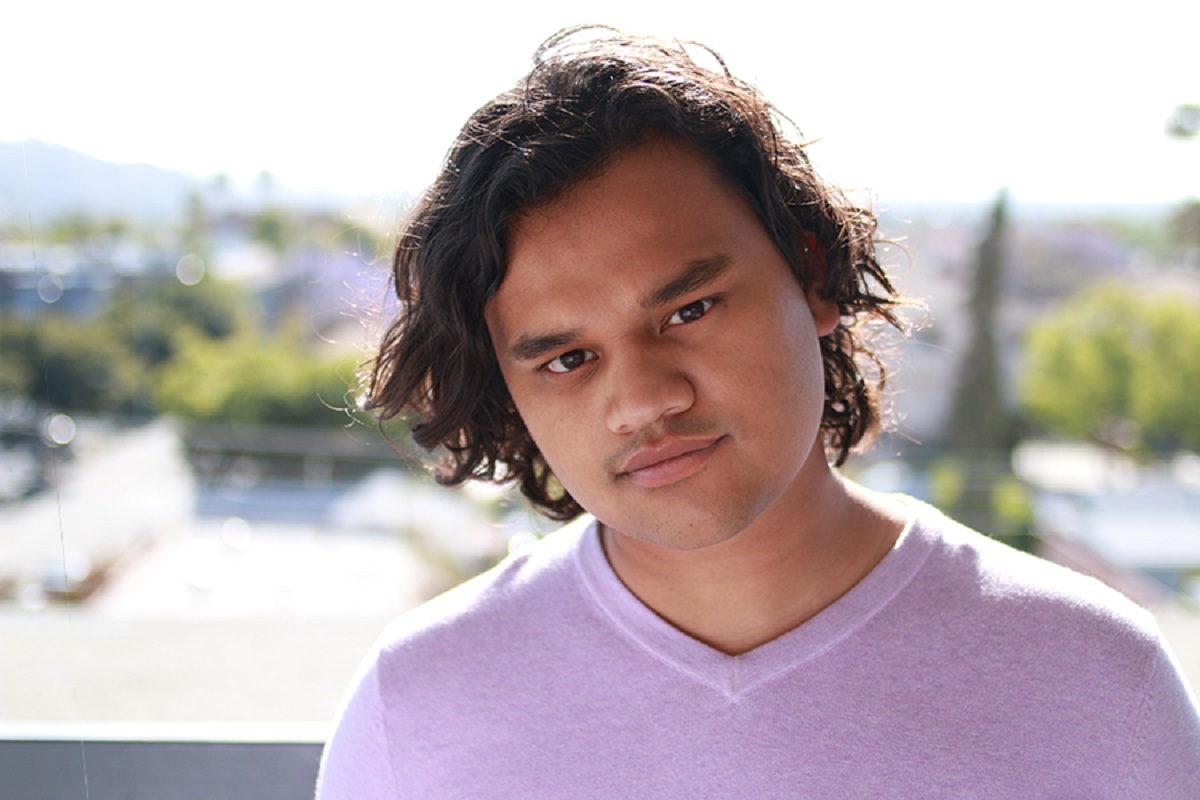
Why a diaspora story?
The demonic entity in the film, the pischach, comes from Dharmic religions (Hindu, Buddhism, etc), and while it does interact with non-Indian characters in It Lives Inside, it seems to primarily affect (and infect) the few Indian and Indian-American people in a predominantly white town. I was curious about Dutta’s decision to make this a story about a protagonist in the diaspora who has chosen to keep distant from her culture, as opposed to, say, setting the story in India, or at least in a larger, more close-knit Indian community in the United States.
Dutta says that he’s been asked variations of this question before, usually in the context of: Is it an Indian film or an American film?
“It’s an Indian-American film,” he explains. “I’ve always been torn between the two. I certainly was when I was younger. Today, I feel much more of a balance, and I think that is the identity. That was really the most important thing with Sam’s character in the movie. She is both, [but] she can’t navigate the two. And that felt like a really novel conflict that I don’t think I’d seen too much, at least in a horror film. So, that was the starting place and really accentuating that conflict as much as possible.”
Why horror?
Becoming and being a teenager is basically living a horror movie for a decade. Dutta and I both acknowledged this as he explained why the horror genre made sense for his take on a diaspora story that included the massive emotions teenagers feel.
“If I told this story purely dramatically,” Dutta said. “The audience would be outside of Sam’s emotions. [T]hey would feel like they were outside looking in. Whereas the bigger goal is empathy. The idea was ‘Let’s do a horror film, but let’s really really pay attention to point of view.‘ Whether it’s in where the camera’s placed, in where the sound is coming from…it was all about point of view and heightening what Sam is going through and hopefully the audience understanding at a very deep, empathetic level what she’s experiencing.”
Why was this the feature debut?
Dutta has directed nineteen short films, many of them award-winning. So what was it about It Lives Inside that made him decide this was the story he wanted to invest in as a feature?
Whenever you’re wondering what story to tell next, you have to have the burning desire to tell the story, and he had that with It Lives Inside. He knew he wanted to do a horror film, as his last short was a horror film, and “I kept wanting to work on myself within that genre, but this was a great opportunity to bake in a really personal story within it.”
Feature films can take years to make, but Dutta remained passionate about this project because of his personal connection to the story as well as being consistently well-supported by his producing partners, QC Entertainment (BlacKkKlansman, Get Out) and NEON (Ammonite, Colossal). Both companies have experience telling socially-conscious stories with genre elements and don’t shy away from specific cultural elements the way much of Hollywood might. Since they encouraged Dutta’s exploration of his connection to his culture through this piece, he says the film “became more and more of itself as it went.”
Someone else Dutta credits with making this film what it needed to be is Ashish Mehta, whom Dutta calls “a brilliant writer.” Since Dutta initially approached the film in more of a directorial capacity, he partnered with Mehta on the initial outline for the script. Mehta filled in character relationships and many of the concepts of the film’s second half. Dutta then went on to write the script, but “[Mehta’s] contributions really deepened the film and made it, in a way, more personal to me because he put a lot of people in it, a lot of characters, that were like people in my life.”
Never Have I Ever … seen Megan Suri in a horror film
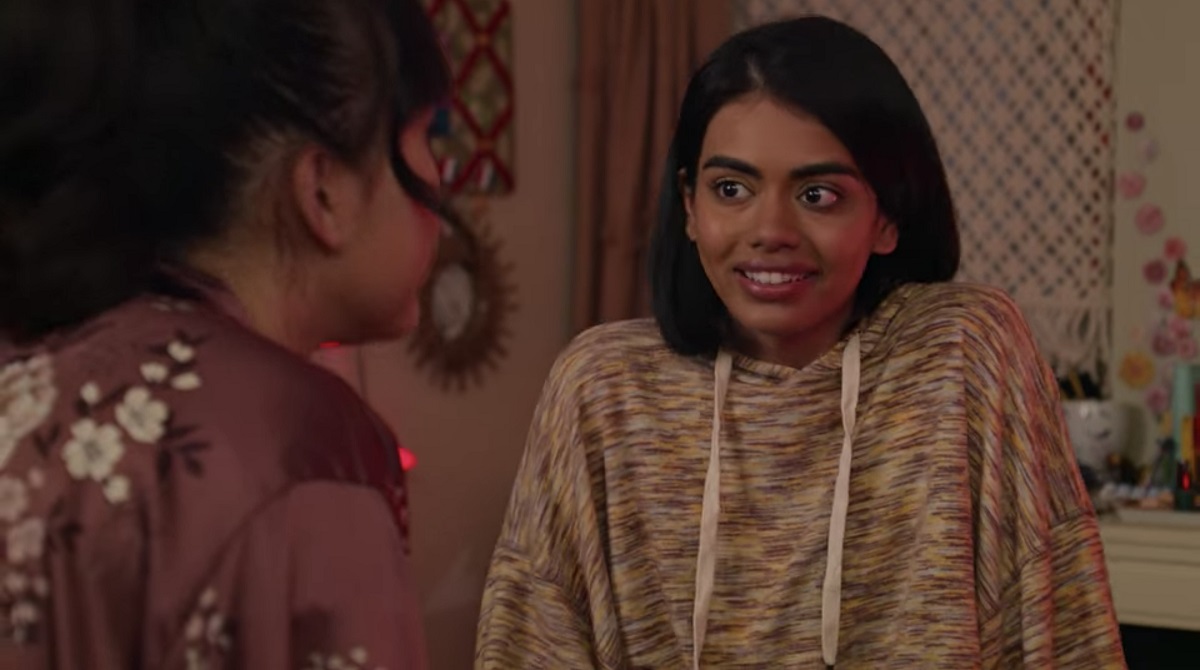
Megan Suri, whom you might know from her role as Aneesa in Never Have I Ever, or the 2020 teen comedy, The Miseducation of Bindu, was the very first person Dutta met for the role. While he saw other actors after that, he kept coming back to Suri and ultimately cast her.
“There was something with her where you could imagine her as the Sam in the beginning of the film who is insecure, but a nice girl, but she’s trying to figure out her place in life,” Dutta says. “But there was another component where I could see her as Ripley at the end of Alien. The action hero who’s defeated the monster. I’m always looking for the two sides of the character arc when I can, and Megan is just such a versatile actor.”
Suri’s contributions went beyond her performance, as Dutta connected with her on their shared cultural experiences. “She became a big collaborator on the script and on the identity of the film,” he explains. “And those are the kinds of actors I like to work with, where she brought so much of herself and her experience. We talked so much about the people we knew in our lives, and there was a commonality in those emotional experiences. I would go in with all these long-winded explanations of a scene, and I wouldn’t need to give her any of them, because she understood that script so well.”
An immigrant kid’s sense of responsibility
A common feeling among the children of immigrants is a (possibly oversized?) sense of responsibility to their cultural heritage. As we’ve seen in other films dealing with generational trauma through the lens of cultural heritage that responsibility can be self-imposed, but more often than not it’s imposed by family or friends within the culture.
Without spoilers, the ending of the film—how the pishach is ultimately dealt with—is interesting to consider in this context. I talked with Dutta a bunch about this element, but I’ll give you the most spoiler-free version possible.
He originally had a more “traditional” ending for the film, but ultimately, it “didn’t feel like it convincingly completed her character arc. In writing [the current ending], if felt like if I was gonna do a coming-of-age movie, this was an incredible device to convey a true coming-of-age.”
Dutta goes on to say, “What I loved was the idea that [Sam] was stronger than [the pishach]. She shies away, so many times, from doing the right thing. For me, as a viewer, it was so powerful to see her do the right thing in that moment and use the strength within her.”
Wanna know what she does? You’ll just have to watch the film when it’s released in theaters September 22.
(featured image: NEON)



